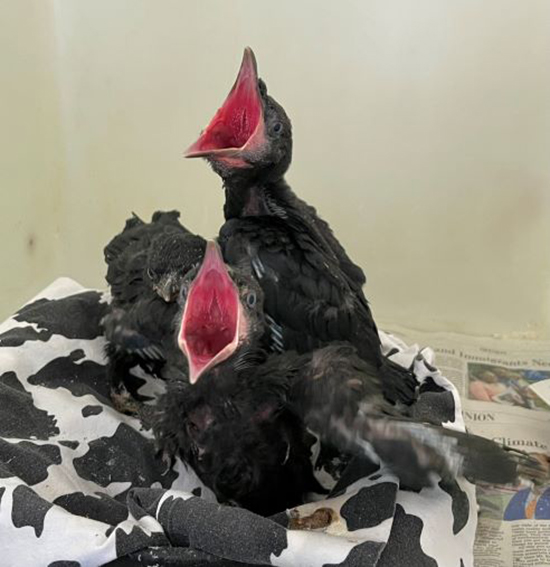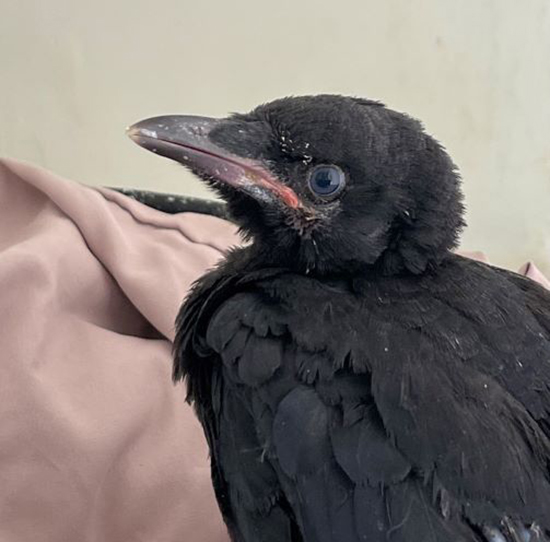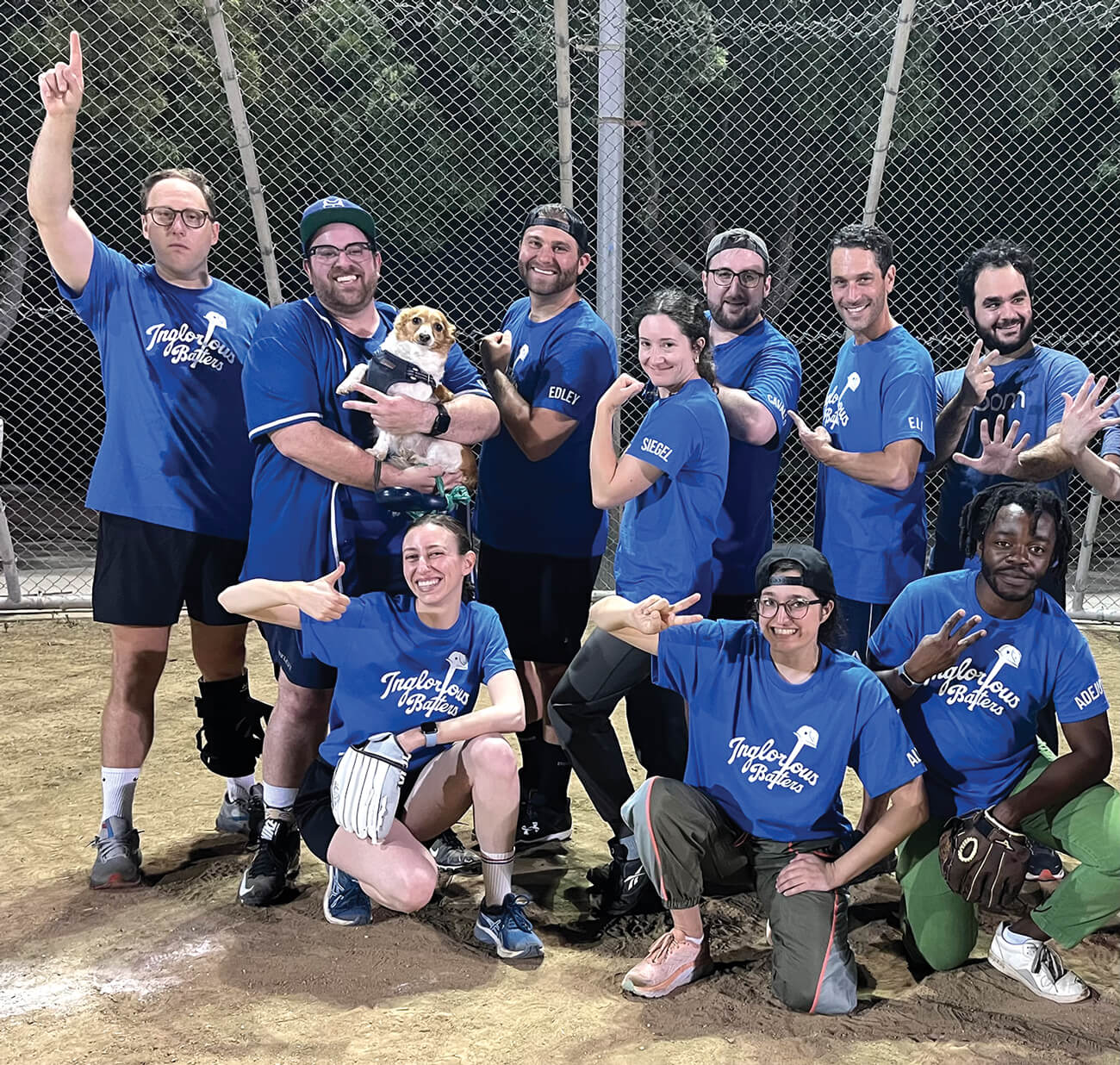Springtime Orphans at California Wildlife Center
As of May 6, the California Wildlife Center (CWC) had 352 patients in its care, and 62 new patients, orphaned baby crows among them. The ŌĆ£Patients of the WeekŌĆØ this time were crows, two babies and one youngster. This serendipitously continues our crow coverage from the April 16 issue that featured crows in its cover photo and in Kathie GibboneyŌĆÖs column, My Corner of the Canyon.
Since 2015, the California Wildlife Center (CWC) received 2,099 American Crows and 538 Common Ravens. They are one of the most frequent species that we get every year and are always a staff favorite. The majority of the birds we receive are orphaned. Skeptics of these often-maligned birds are won over by their behaviors as orphans and by their intelligence.
Crows and Ravens can be distinguished from one another in a few ways. Ravens are significantly larger than Crows and have more curved beaks than Crows. When seen in the sky from below, the CrowŌĆÖs tail is shaped like a fan and the RavenŌĆÖs is shaped more like a diamond with a point at the end. Crows tend to be seen in large groups, called Murders. Ravens are more apt to be seen in pairs.
They are both members of the family Corvidae, as are Rooks and Magpies. This family is the smartest of all birds studied and have been shown to use tools, to have self-awareness, to recognize human faces, and to speak several other animal languages. Crows will even bring gifts to humans, the only animal species shown to do so. Young crows will play identifiable games such as ŌĆ£follow the leader.ŌĆØ At CWC, our volunteers and interns are tasked with creating enrichment for all of our animals, though Crows and Ravens receive special attention due to their intelligence. We must constantly challenge them with new ways to hide food or puzzles to decipher so that their young minds can grow and be prepared for some of the challenges of the outside world.
PHOTO COURTESY OF CALIFORNIA WILDLIFE CENTER Two orphaned baby crows singing for their supper.
















